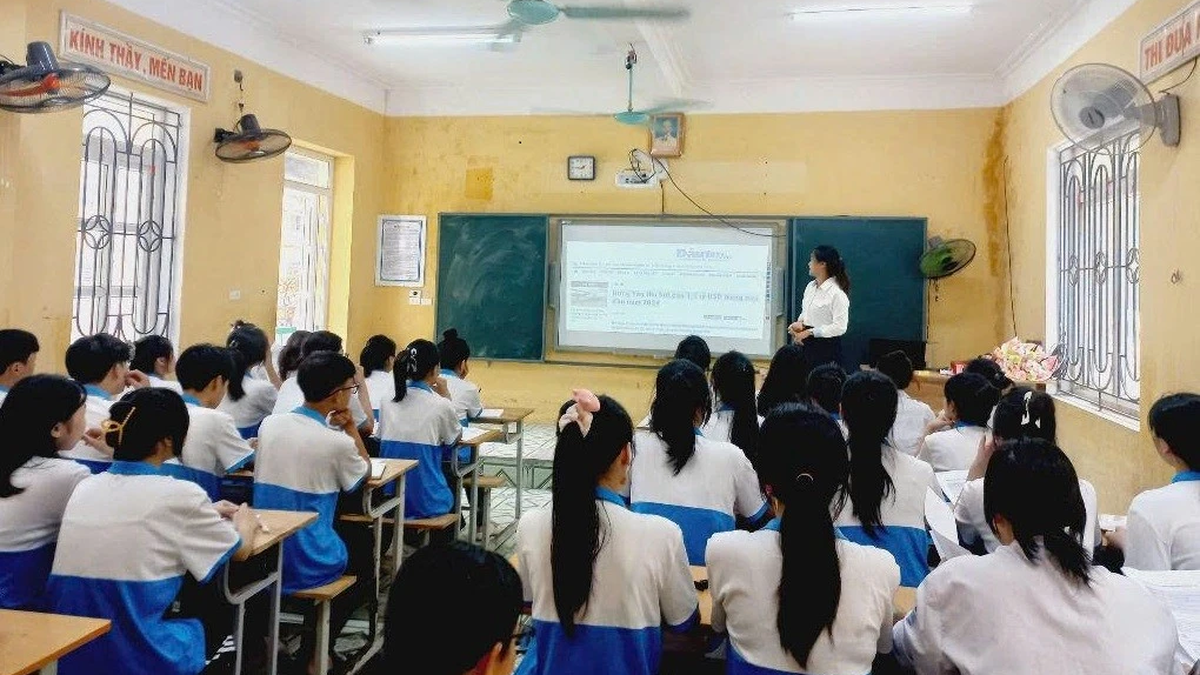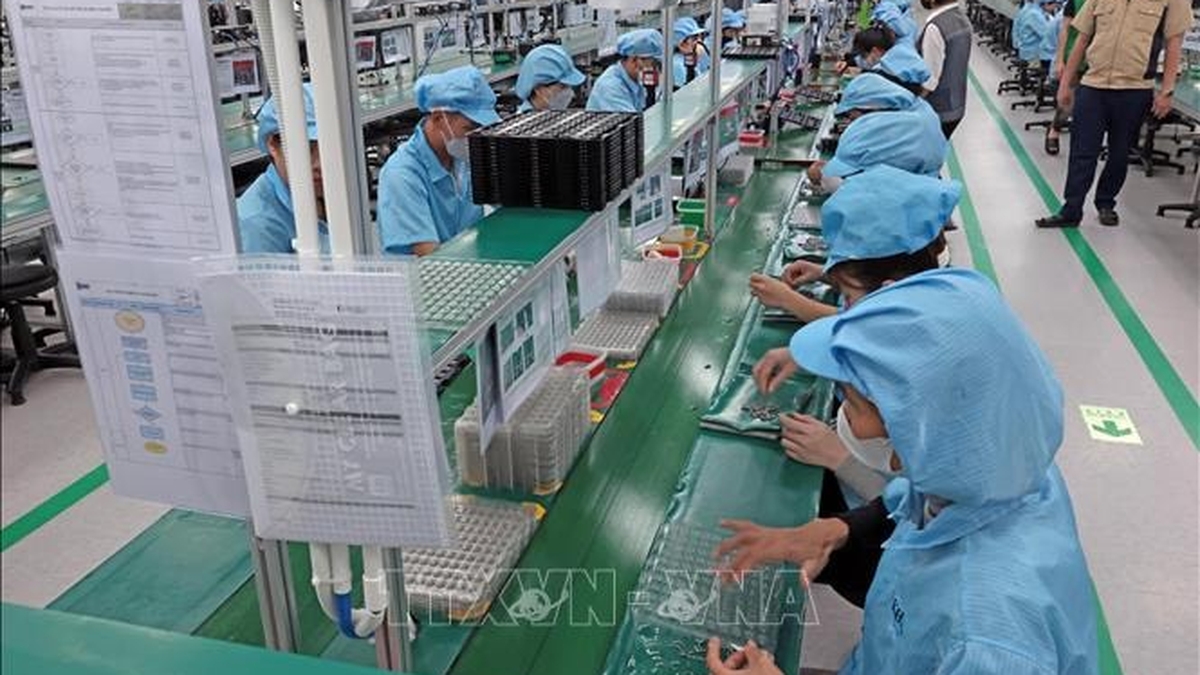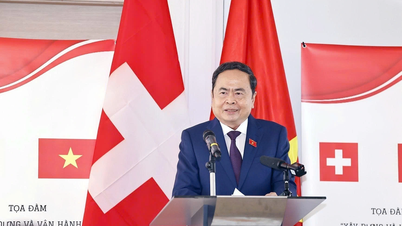Question: What issues does the Draft Law on Science , Technology and Innovation regulate and what changes are there to support businesses in investing in innovation?
Answer: The draft Law on Science, Technology and Innovation is built on the basis of amending and supplementing the Law on Science and Technology currently in effect. However, in addition to regulating the deployment and implementation of scientific, technological and innovative activities, this draft law also sets out measures and management work to ensure the development of science, technology and innovation.
The subjects of application of the draft law are organizations and individuals operating in this field domestically and internationally, but having rights and obligations according to Vietnamese law as well as international treaties to which our country is a member.
The purpose of developing the Law on Science, Technology and Innovation is to promote economic growth, ensure national security and safety; at the same time, make science, technology and innovation become the driving force to complete the cause of industrialization and modernization of the country...
The draft law consists of 8 chapters and 95 articles (major amendments of 26 articles, additions of 23 articles and increases of 14 articles compared to the Law on Science and Technology). The draft law also closely follows the contents of Resolution 118/NQ-CP dated August 3, 2024 of the Government on the thematic meeting on law making in July 2024.
The draft law's content is presented according to issues and groups of issues, including: General provisions; implementation organization, financial investment, infrastructure, information, international cooperation, state management responsibilities, human resources operating in the fields of science, technology and innovation, etc.
In addition, there are additional contents on innovation and some new points compared to the Law on Science and Technology, such as: Increasing autonomy and self-responsibility for organizations and individuals engaged in science and technology activities; exempting bidding for lump-sum funding; giving incentives to businesses investing in innovation. In addition, the draft law also proposes the establishment of an innovation fund and a national venture capital fund, which are not yet included in the Law on Science and Technology.
Question: What limitations of the current Law on Science and Technology need to be overcome through amendment and supplementation?
Answer: In order to respond to the global digital transformation trend, our Party and State pay great attention to promoting the development of science and technology, innovation and national digital transformation. Moreover, the strong development of science and technology requires new legal regulations that are consistent with the development trends of the times. Therefore, the Draft Law on Science, Technology and Innovation, issued on the basis of amending and supplementing the Law on Science and Technology, is an urgent requirement to contribute to perfecting policies and guidelines; at the same time, removing bottlenecks in the development of science and technology...
The Law on Science and Technology was issued in 2013. After more than 10 years, many contents of the law have revealed limitations and are no longer suitable for the practical development of science and technology.
Specifically, the need for socio-economic development with a growth model based on high-quality human resources and the driving force of science, technology and innovation is increasingly evident; but the mechanisms and policies for attracting, training and developing high-quality human resources are the opposite.
The problem is focusing resources on key science and technology programs to create knowledge but not allocating enough resources for knowledge application programs.
Some new issues of science and technology have not yet been updated in the contents and regulations of the law, such as: Internet of Things (IoT) technology, virtual reality technology, artificial intelligence (AI), cloud computing, etc.
The emergence and strong spread of new technology trends such as Chat GPT, Deepseek... has created many opportunities, but also brought with it many challenges.
According to Professor, Dr. Ngo Quoc Anh, Director of the Institute of Chemistry, Vietnam Academy of Science and Technology, the amendment and supplementation of the Law on Science and Technology is timely and very necessary; because the process of amending this law aims to overcome the shortcomings and limitations since the law took effect, and at the same time promptly remove difficulties and obstacles to create a more favorable legal environment for scientists and science and technology organizations to operate. Furthermore, the draft law has additional content on innovation. Along with science, technology, and digital transformation, innovation is one of the three important pillars affirmed in Resolution No. 57-NQ/TW of the Politburo.
However, to amend and supplement the Law on Science and Technology and the draft Law on Science, Technology and Innovation in accordance with practical requirements, it is necessary to first ensure consistency in institutionalizing Resolution No. 57-NQ/TW of the Politburo, Resolution No. 193/2025/QH15 of the National Assembly and Resolution No. 03-NQ/CP of the Government with related legal documents. There are mechanisms and policies to mobilize all resources in society (human resources, finance, etc.); at the same time, promptly identify difficulties, obstacles and remove "bottlenecks" to perfect the legal system. Study regulations on exemption from civil liability for cases of research and testing of new technologies. Build a new legal framework, update the development trends of science, technology and innovation of developed countries.
The amendment and supplementation of the Law on Science and Technology and related laws on bidding, investment, education, civil servants, etc. must be comprehensive because some articles and clauses between the laws have conflicts in content. In addition, it is necessary to build an innovation ecosystem and have a mechanism to support technology transfer to commercialize research results.
Source: https://nhandan.vn/nen-tang-phap-ly-cho-su-phat-trien-post877068.html




























![[Photo] National Assembly Chairman attends the seminar "Building and operating an international financial center and recommendations for Vietnam"](https://vphoto.vietnam.vn/thumb/1200x675/vietnam/resource/IMAGE/2025/7/28/76393436936e457db31ec84433289f72)






































































Comment (0)